paranoid numanoid
Well-known member

Sounds a daft question I know, but I'm trying to find out when "field glasses" became popular for nature observation, and I haven't quite pinned it down. I know the earliest patent application for a telescope and a binocular was 1608, (Jan Lippershey, state of Zeeland, Galilean type design) and that other designs followed in 1613, 1671, 1700 up to 1787 (mainly Italy) when Selva in Venice described many current designs. Modern prism optics date from Ignatio Porro (1854) but what references are there to early naturalists using them that you know of? I'd be fascinated to hear some, or to pointed to sources I could consult!!







